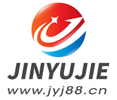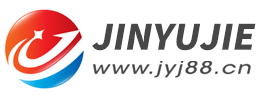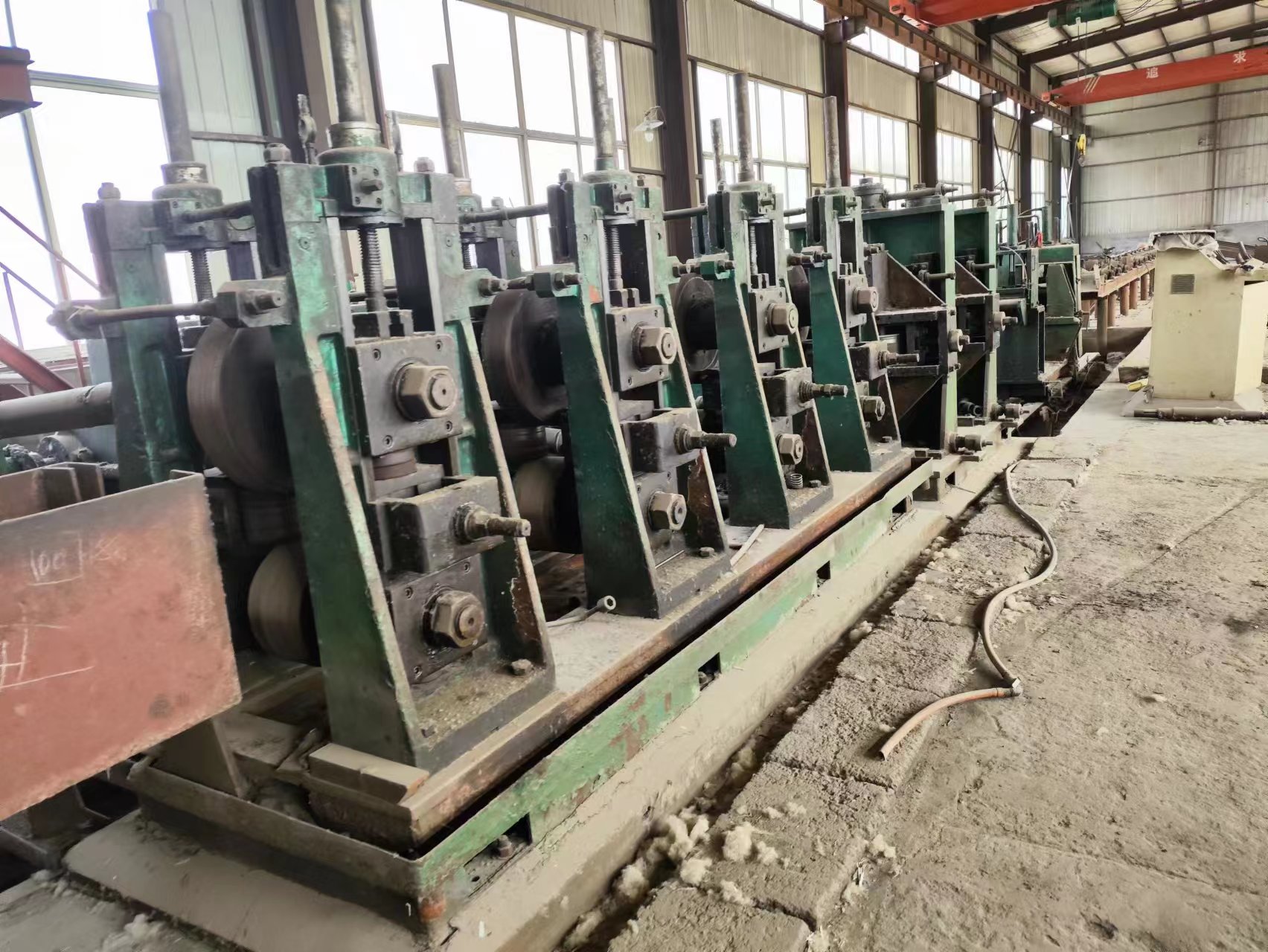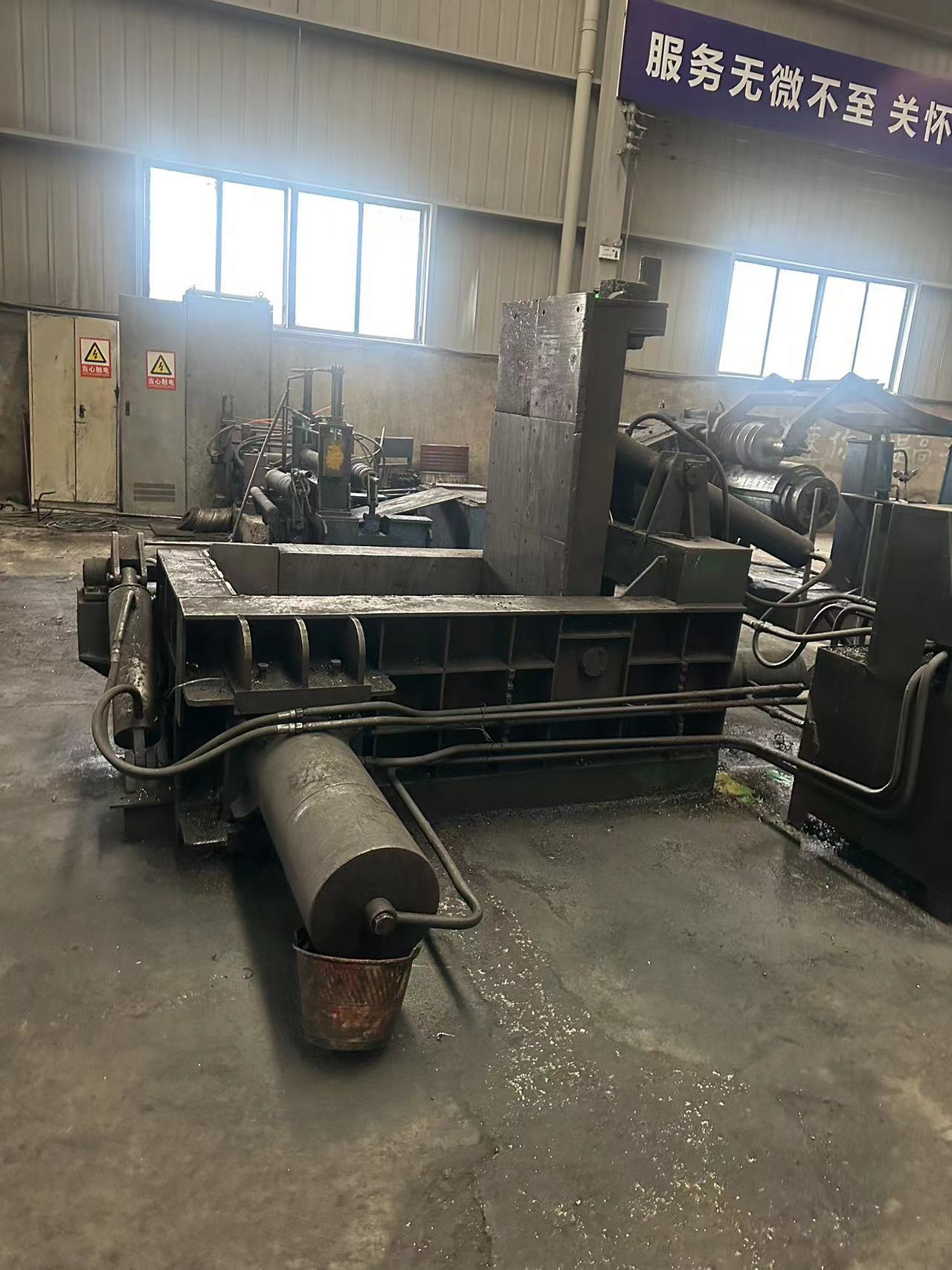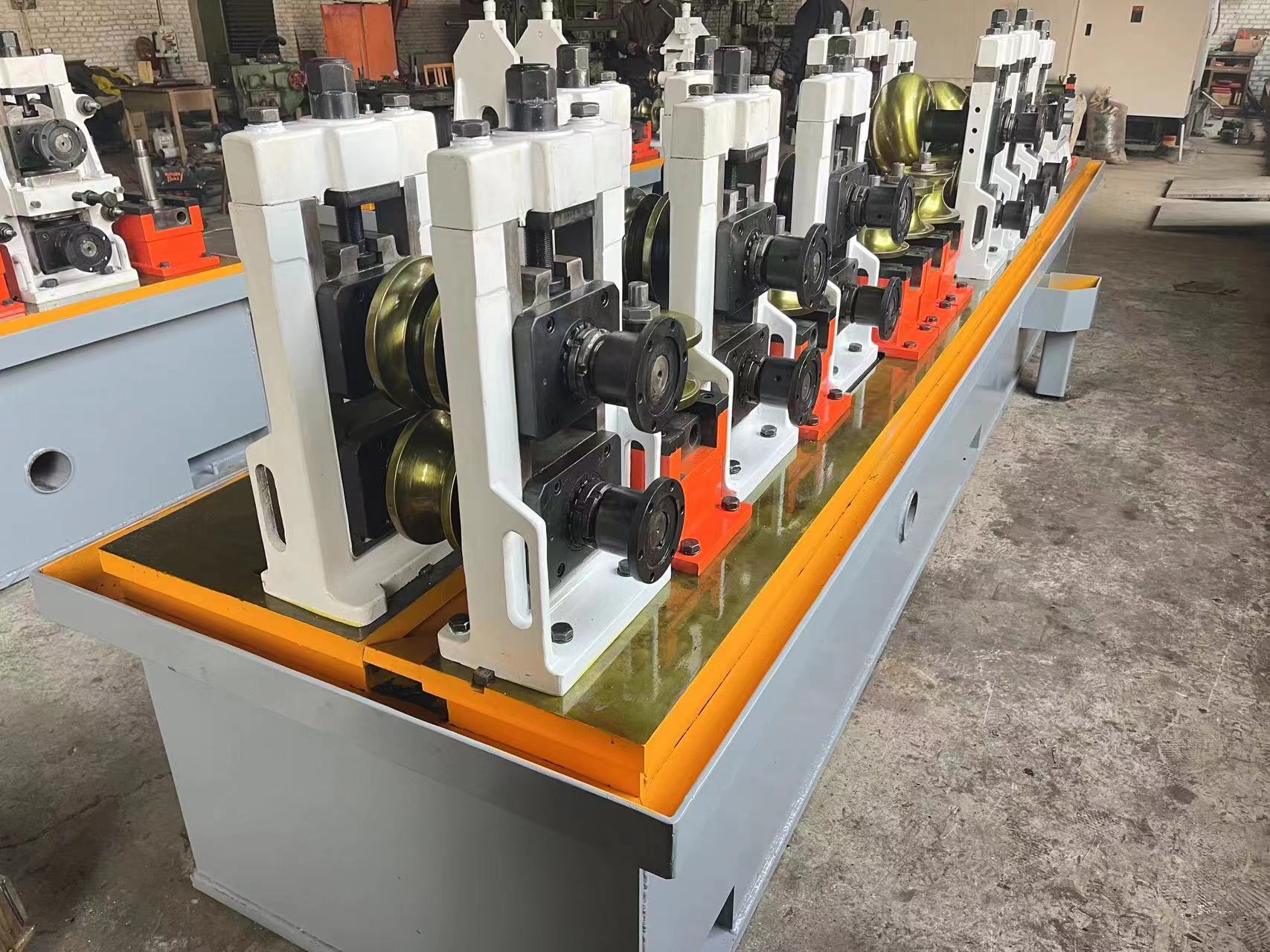Common faults of used welded pipe mills production line forming machines (3)
- Sort:Information
- Auth:
- Source:
- Release time:2022-12-16 11:30
- Pvs:
【概要描述】Common faults of used welded pipe mills production line forming machines can be divided into ① deviation ② scratches ③ "indenter" phenomenon ④ "drill belt" phenomenon. In order to let everyone understand the common faults of the molding machine in detail, we will introduce ② scratches.
Common faults of used welded pipe mills production line forming machines (3)
【概要描述】Common faults of used welded pipe mills production line forming machines can be divided into ① deviation ② scratches ③ "indenter" phenomenon ④ "drill belt" phenomenon. In order to let everyone understand the common faults of the molding machine in detail, we will introduce ② scratches.
- Sort:Information
- Auth:
- Source:
- Release time:2022-12-16 11:30
- Pvs:
Common faults of used welded pipe mills production line forming machines can be divided into ① deviation ② scratches ③ "indenter" phenomenon ④ "drill belt" phenomenon. In order to let everyone understand the common faults of the molding machine in detail, we will introduce ② scratches.
Scratches are generally easy to occur on the bottom and two sides of the pipe. The scratches on the bottom are mainly caused by the rounded corners of the lower edge R of the vertical roller pass, while the scratches on both sides are caused by the two edges R of the flat roll pass. Rounded corners cause more.
However, there are two reasons for the scratches of the forming machine of the used welded pipe mills production line, namely the scratches of the vertical rollers and the scratches of the flat rollers. We will introduce them in detail separately according to these two reasons.
2.1Analysis of the causes of scratches on vertical rollers
(1) Sharpening of rounded corners
As the wear of the bottom diameter of the flat roll pass decreases, the height of the rolling line gradually decreases, the vertical roll pass gradually becomes larger, and the rounded corner of the lower edge R of the pass also becomes sharper and sharper. It is easy to cause scratches on the bottom of the tube blank, especially when the heights of the two vertical rollers are inconsistent, such scratches are more likely to occur. As the vertical roller shrinks more, the scratches will become more serious. Therefore, maintaining the perfect rounded corners has a good effect on avoiding scratches at the bottom of the tube blank. Even if there is a slight dislocation of the two-hole type, it will not cause serious scratching consequences.
(2) The vertical roller is not vertical
After the vertical shaft is bent, or when the lower part of the vertical shaft shrinks more, and the upper part shrinks less, the vertical roller has an upward elevation angle phenomenon. If the rounded corners of the lower edge R of the vertical roll pass have been sharpened at this time, the bottom of the tube blank will be scratched (Figure 13). Therefore, the shrinkage of the upper part of the vertical roller should be increased to eliminate or reduce scratches, and at the same time, a portable grinding wheel should be used to grind sharp holes in the production.
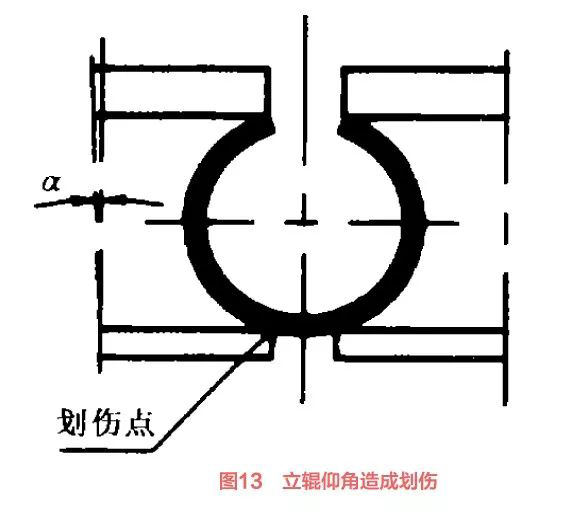
(3) Bearing damage
After the vertical roller bearing is damaged, it is not only easy to cause the tube blank to deviate, but also one of the main reasons for the tube blank to be scratched. Especially when the upper end bearing of the vertical roller is damaged, the swing of the vertical roller increases during production, which is easy to cause scratches at the bottom of the tube blank and gnaw at the edge of the tube blank.
(4) Cracked edge of vertical roller
After the edge of the vertical roller hole is broken, periodic scratches will appear on the surface of the tube blank with the rotation of the roller. According to the direction of the shape of the scratch, the inner and outer positions of the broken roller can be judged. If the degree of damage is relatively minor, the cracks of the rollers can be repaired with a grinding wheel and continue to be used, which can also reduce the consumption of the rollers.
The reasons for the scratches in the common failures of the forming machines of the used welded pipe mills production line are mainly divided into vertical roller scratches and flat roller scratches. Today, we will introduce the cause analysis of vertical roller scratches:①The corners are sharpened. ②The vertical roller is not vertical. ③The bearing is damaged. ④Vertical roller cracked edge.
More News

Time of issue : 2023-10-31

Time of issue : 2023-10-28

Time of issue : 2023-10-25

Time of issue : 2023-10-22
Wechat: 13392281699
Email: zty@usedpipemill.com
Company address:No. A99, East Lecong Avenue, Lecong Town, Foshan City, Guangdong Province
Recommendation
Online Inquiry
LINK
Contact Us
Tel (wechat): 13336487288
Wechat:+86 13336487288
WhatsApp:+86 13336487288
Email: zty@usedpipemill.com
Address: No. A99, Lecong Avenue East, Lecong Town, Foshan City, Guangdong Province

